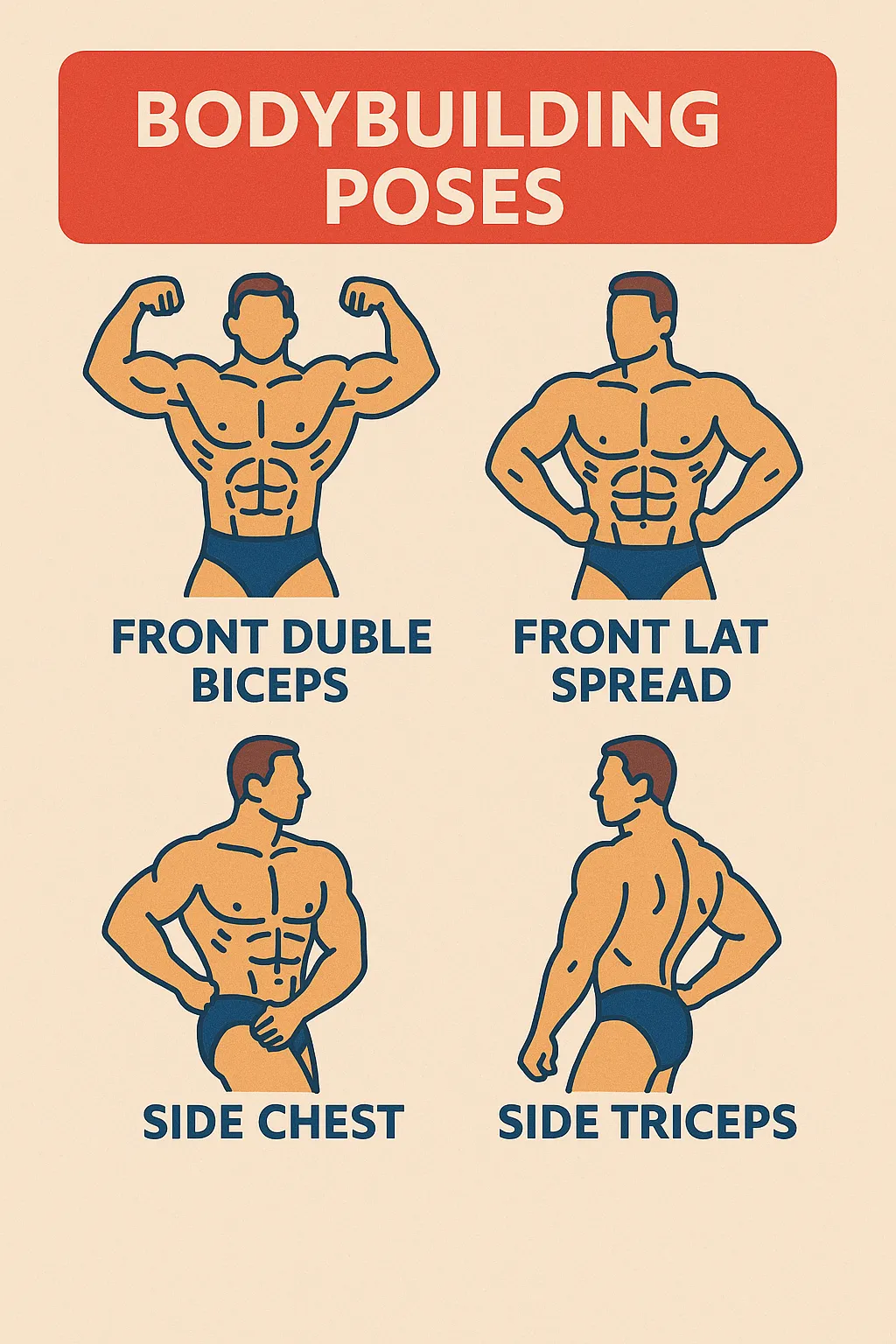Squint eye, also referred to as strabismus, is a condition where the eyes do not align themselves, so they point in opposite directions. It’s a mild deviation in some individuals; it’s obvious in others.
Even though glasses or surgery can be options, simple squint-eye exercises could work wonders to improve eye alignment naturally. If you’ve ever wondered whether a few focused moves can help, you’re in the right place. Let’s dive into seven exercises that might just give your eyes the boost they need.

Effective Squint Eye Exercise to Improve Eye Positioning
Here are Squint eye exercises:
1. Pencil Push-Ups: The Classic Starter
This squint-eye exercise is a reliable one for anyone with alignment problems. Hold a pencil at arm’s length, focus on the tip, and place it as close to your nose as possible while still keeping the tip in focus. Then, take it away. Do this 10-15 times.
Why it works?
This exercise strengthens the muscles that allow your eyes to converge with less strain on them. And, naturally, you can do this anywhere – no equipment required!
2. Eye Patching: One Eye at a Time
You’ve likely heard about patching an eye to help the other out. It’s called occlusion therapy. Cover your better eye with a patch and let the weaker eye work overtime.
Take an hour or two reading, watching TV, or even a quick scroll through your phone. It’s like putting your “lazy” eye into the gym. This, in due time, will tighten up coordination and right positioning.
3. Brock String Exercise
To perform this squint eye exercise, you will need a 5-foot string with 3-4 beads strung on it. You can tie the string to a fixed point or hold it in your hand. Place the beads at different points on the string and focus on each bead while moving your eyes along the string in both directions.
This is an exercise that requires both eyes to work together. It’s especially good for improving depth perception and getting rid of double vision – a double whammy for anyone with strabismus.
4. Barrel Cards
Barrel cards may sound high-falutin’, but they’re really easy. Draw three barrels of varying sizes on a card. Stand the card up and look at the biggest barrel with your eyes. Gradually move your eyes to the middle barrel and then to the smallest one. Do this a few times.
This squint eye exercise makes your eyes follow smoothly, which causes them to line up better in the long run.
5. Tracking a Moving Object
Select something moving for this squint eye exercise – it could be a rolling ball, a pendulum swinging, or even a finger. Keep your eyes tracking its movement without moving your head. Try horizontal, vertical, and circular movements.
This exercise is not only fun; it also trains your eyes to function more in harmony with each other. And it’s an easy exercise to add to your day – simply grab a fidget spinner or toss a tennis ball!
6. Focus Shifting
Here’s what to do: Stare at something close to you, a book or a cup, for example. In a few seconds, stare at a distant object – a tree perhaps outside your window. Hold your glance there, then shift back to the closer object.
This exercise enhances flexibility and coordination between the muscles that control your eye movements. Over time, it will straighten naturally.
7. Figure 8 Tracing
Imagine a large figure 8 in front of you for this squint eye exercise. Then, use your eyes to trace its outline horizontally, vertically, or diagonally. This one’s great for improving range of motion and coordination.
The good news? It’s more of a game than an exercise, so you’ll actually look forward to doing it.
The Science Behind Squint Eye Exercises
You would most likely wonder, do these work? Research has shown that eye exercises, practiced every day, assist in strengthening the eye muscles as well as aligning coordination. Researchers discovered that concentrated exercises helped 60% of the subjects in a 2020 study correct mild squints. In children, success rates are greater because they have more variable eyes.
Are These Exercises Sufficient?
Here’s the thing: squint eye exercises are not a magic cure-all. They’re a tool – part of a larger approach that might include glasses, vision therapy, or other interventions. Consistency is key. Set aside 10-15 minutes daily, and don’t skip. If you’re feeling overwhelmed, start small. Even a couple of minutes can make a difference over time.
Pro Tips for Better Results
• Make it routine: Tie these exercises to activities of daily living, like tooth brushing or before you go to bed.
• Mix it up: Rotate exercises so you’re still interested and challenging your eyes in different ways.
• Be patient: It’s not going to happen overnight. You won’t necessarily see improvement right away, but stick with it.
Wrapping Up!
These squint eye exercises are like a gentle workout for your peepers–no weights, no pressure, just consistent effort. And who knows? They might just be the natural fix you’ve been searching for.







